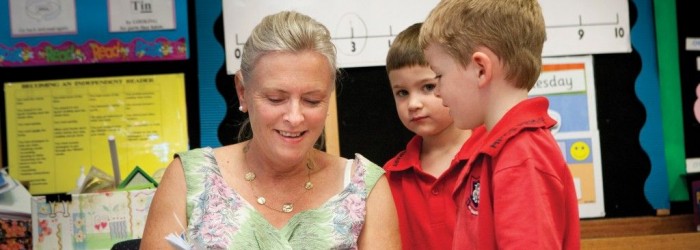The Curriculum at Moonee Ponds Primary School is based on the Victorian Curriculum (from 2017) which describes what is essential for students to achieve from Foundation to Year 10 across Victorian Schools. Refer to the Victorian Curriculum website for more details: http:\\victoriancurriculum.vcaa.vic.edu.au
The Victorian Curriculum F–10 learning areas are a clear and deliberate reaffirmation of the importance of a discipline-based approach to learning. Each of the learning areas provides and is defined by a unique way of seeing, understanding and engaging with the world.
The curriculum includes both knowledge and skills. These are defined by learning areas and capabilities. This curriculum design assumes that knowledge and skills are transferrable across the curriculum and therefore are not duplicated. For example, where skills and knowledge such as asking questions, evaluating evidence and drawing conclusions are defined in Critical and Creative Thinking, these are not duplicated in other learning areas such as History or Health and Physical Education. It is expected that the skills and knowledge defined in the capabilities will be developed, practised, deployed and demonstrated by students in and through their learning across the curriculum.
The design of the Victorian Curriculum F–10 is set out below:
Learning areas (disciplines) |
Capabilities |
| The Arts · Dance · Drama · Media Arts · Music · Visual Arts · Visual Communication Design English Health and Physical Education The Humanities · Civics and Citizenship · Economics and Business · Geography · History Languages Mathematics Science Technologies · Design and Technologies · Digital Technologies |
Critical and Creative Thinking Ethical Intercultural Personal and Social |
Each curriculum learning area is organised into strands and some into sub-strands. English also has three modes. All learning areas and capabilities have level descriptions, content descriptions, elaborations and achievement standards.
The structure of the curriculum including strands, sub-strands and modes (where relevant) are listed below:
Learning areas |
Capabilities |
| The Arts: (four strands) Explore and Express Ideas, (Arts) Practices, Present and Perform, Respond and Interpret
English: (language modes) Reading & Viewing, Writing and Speaking & Listening (within each mode strands and sub-strands) Health and Physical Education: (two strands each with three sub-strands) The Humanities Languages – Italian: (two interrelated strands and sub-strands) Mathematics: (three strands and sub-strands) Science: (two interrelated strands and sub-strands) Technologies: Digital Technologies: (three related strands) Digital Systems, Data and Information, Creating Digital Solutions |
Critical and Creative Thinking: (three interrelated strands) Questions and Possibilities, Reasoning and Metacognition
Ethical: (two strands) Understanding Concepts, Decision Making and Actions Intercultural: (two strands) Cultural Practices and Cultural Diversity Personal and Social: (two interrelated strands and sub-strands) |
